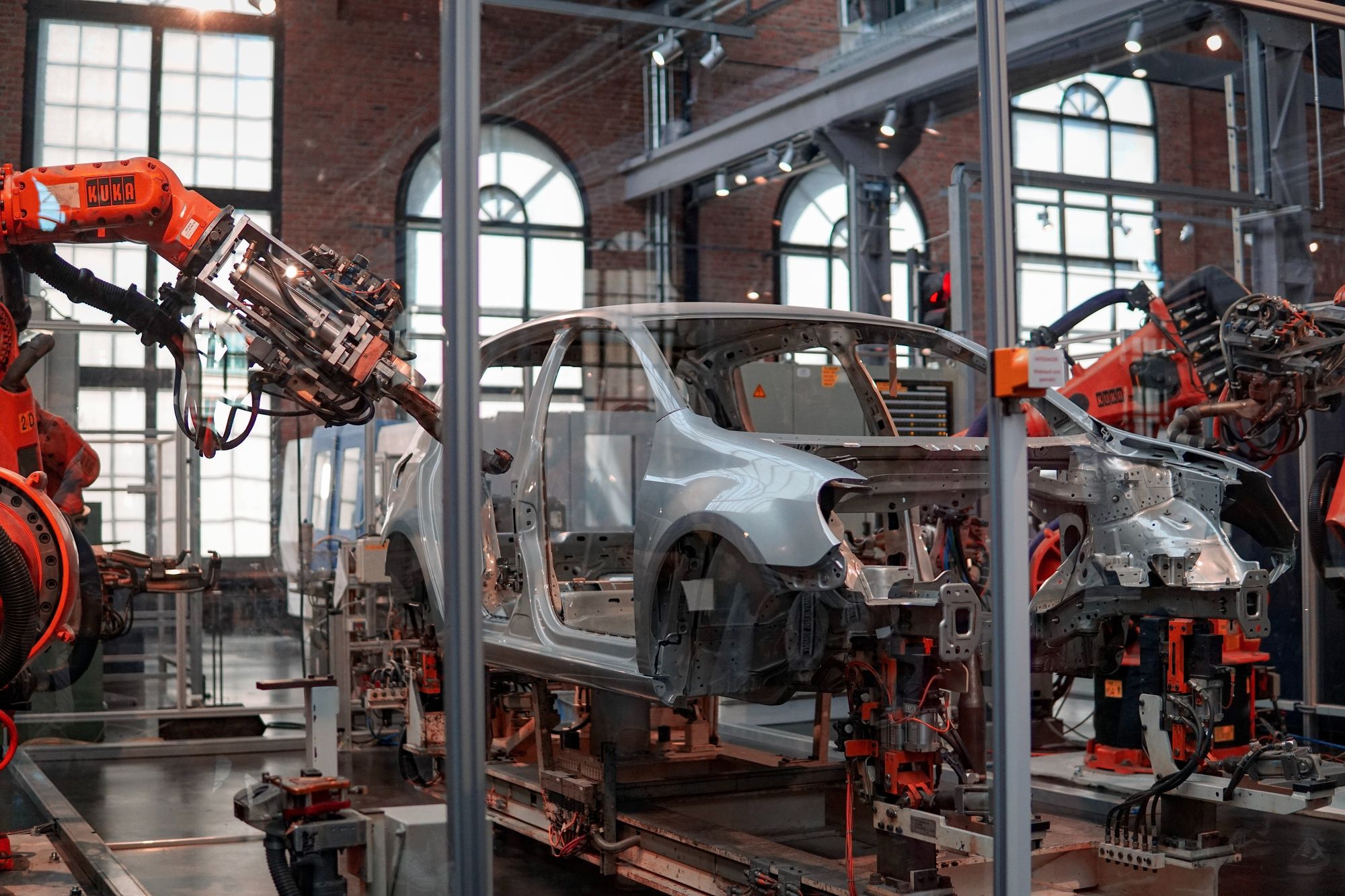- Arvind's Newsletter
- Posts
- Arvind's Newsletter
Arvind's Newsletter
Issue No #1093
1.Mumbai's first under-ground metro to start partial operations next week
Mumbai’s first-ever underground Metro is expected to begin operations in a phased manner starting in October, according to state agency officials. The Rs 37,276 crore project is likely to become fully operational in 2025.
The first phase of Mumbai Metro Line 3, spanning 12.44 kilometres (km) between Aarey Depot and Bandra Kurla Complex (BKC), is set to commence operations by the first week of October, pending necessary clearances, officials at the Mumbai Metro Rail Corporation (MMRCL) confirmed.
MMRCL is developing Mumbai Metro Line 3 in two phases: the first connects Aarey to BKC (12.44 km), and the second extends from BKC to Colaba (21.06 km). The combined phases are expected to cost Rs 37,276 crore, making it one of the city’s most expensive Metro stretches, surpassing the Rs 23,000 crore estimated in the detailed project report released in 2011.
Phase 2 of Mumbai Metro Line 3 is expected to be operational between March and May 2025. Once fully operational next year, the daily ridership is projected to reach 1.3 million passengers, with travel times reduced to 60 minutes.
2.Three IIMs, ISB Hyderabad among top 100 for MBA courses in QS rankings
Three Indian Institutes of Management (IIMs) and Indian School of Business, Hyderabad have figured in world's top 100 for their MBA courses, according to QS rankings announced on Wednesday.
The three IIMs are IIM Bangalore, IIM Ahmedabad and IIM Calcutta. Also, the three B-schools have been ranked among top 50 for employability.
Fourteen Indian full-time MBA programmes have secured a spot in QS' global list for 2025, including three new entries. Stanford School of Business in the US continues to be at the top spot among B-schools for the fifth consecutive year.
3.Foxconn eyes $1 bn investment for smartphone display assembly in Tamil Nadu
Taiwanese electronics manufacturer Foxconn is considering an investment of around $1 billion to set up a smartphone display module assembly unit in Tamil Nadu, according to a report by The Economic Times.
This would mark Foxconn’s first such facility in India, aimed primarily at supplying Apple for its iPhone production. The facility is expected to follow a model that would allow other manufacturers, such as Pegatron or Tata Electronics, to source components locally instead of importing display modules from China.
The report quoted a source as saying that Foxconn has acquired around 500,000 sq ft at the ESR Oragadam Industrial & Logistics Park, located next to its smartphone assembly plant near Chennai.
Industry experts believe that Foxconn's new venture will elevate India's position in the electronics assembly and manufacturing value chain.
4.OPEC has revised its long-term oil demand forecast — it’s up, way up.
“There is no peak oil on the horizon,” said Secretary General Haitham al-Ghais. “The fantasy of phasing out oil and gas bears no relation to fact.”The bullish forecast sees India and China driving demand growth over the next two decades, with wealthier countries hitting peak demand by 2030.Petrochemicals, road transport, and aviation are the main contributors. If these projections hold true, net-zero targets and the 1.5° C temperature limit will be unattainable.
OPEC’s outlook stands apart from other industry projections. The International Energy Agency and BP — under scenarios that account for actual climate action, not pledges — forecast peak global oil demand by 2030. Climate disaster aside, OPEC notes that $17.5 trillion in investment will be required by 2050 to meet future demand.
5.Governments across Europe have rolled out a number of policies aimed at slowing immigration, despite their increased reliance on foreign workers to fill a shortage in the labor market.
This month, for example, Germany reintroduced checks on migrants entering from within the European Union — which allows free movement of people — in response to rising domestic concern over porous borders. Meanwhile a recent poll showed immigration is now the biggest concern for Spanish voters. However, Europe is aging quickly, leading to a labor shortfall and fears of pensions becoming unsustainable.
“The choice is not so much between more immigration and less immigration, but rather a lot of immigration now or a lot later,”the economist Tyler Cowen wrote earlier this year.
6.The pressure on scientists to publish lots of studies is driving a wave of fraud, poor research, and retractions, an academic argued.
Universities use publication rates as a measure of scientists’ productivity, leading to a mentality of “publish or perish”: Those with fewer research papers are less likely to progress. That incentivises scientists to plagiarise, manipulate data, or even in some cases use “paper mills,” businesses that publish fake papers in fake journals.
The number of submissions retracted annually grows about 23% a year, Nham Tran wrote in The Conversation: Partly that is because science is getting better at spotting fakes, but partly it’s because scientists feel ever more pressured to make them.
7.A record four million robots are operating in factories worldwide, a symbolic threshold in automation that is also raising cybersecurity concerns.
China is the world’s largest market for factory robot, according to the International Federation of Robotics, representing 51% of global installations in 2023, a result that the Harvard International Review pinned on China’s aging population and declining birth rate, requiring automation to fill labour gap. But factory robots are “easy target” for hackers who can steal product designs, disrupt production lines, or even cause physical harm, an expert warned in IoT World Today, urging manufacturers to “treat their robotic workforce with the same security attention they give to traditional IT.”






